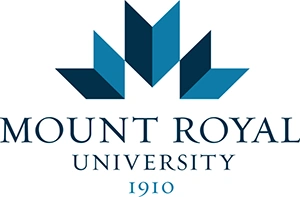Mount Royal University team uses GC×GC–TOF MS to gather data to increase conviction rates in wildfire arson cases.
Wildfires are common in Canada. In the province of Alberta alone, 3269 hectares of land were burned during the 704 wildfires that occurred over the wildfire season in 2020. Prof. Gwen O’Sullivan and Nadin Boegelsack at Mount Royal University, Canada, use GC×GC–TOF MS to identify ignitable liquid residues from complex wildfire debris samples.
Professor Gwen O’Sullivan and Nadin Boegelsack, environmental forensics researchers at Mount Royal University in Alberta, Canada, investigate the
causes of wildfires by searching for ignitable liquid residues (ILRs) – remnants of accelerants – in wildfire debris samples. Determining the presence of an ILR and the type and source of accelerant used in arsonous fires can provide key evidence for conviction in arson cases.
However, identifying an ILR and the type and source of accelerant can be challenging with one-dimensional gas chromatography (1D GC) analysis. This is because wildfire debris will consist of hundreds of compounds from different types of wood and soil, tree bark and other vegetation, together with by-products of combustion and pyrolysis. The ILRs will also consist of hundreds of compounds. The challenge with 1D GC is that many compounds can co-elute, and combined with lower sensitivity, false negatives can occur.
Download the case study

